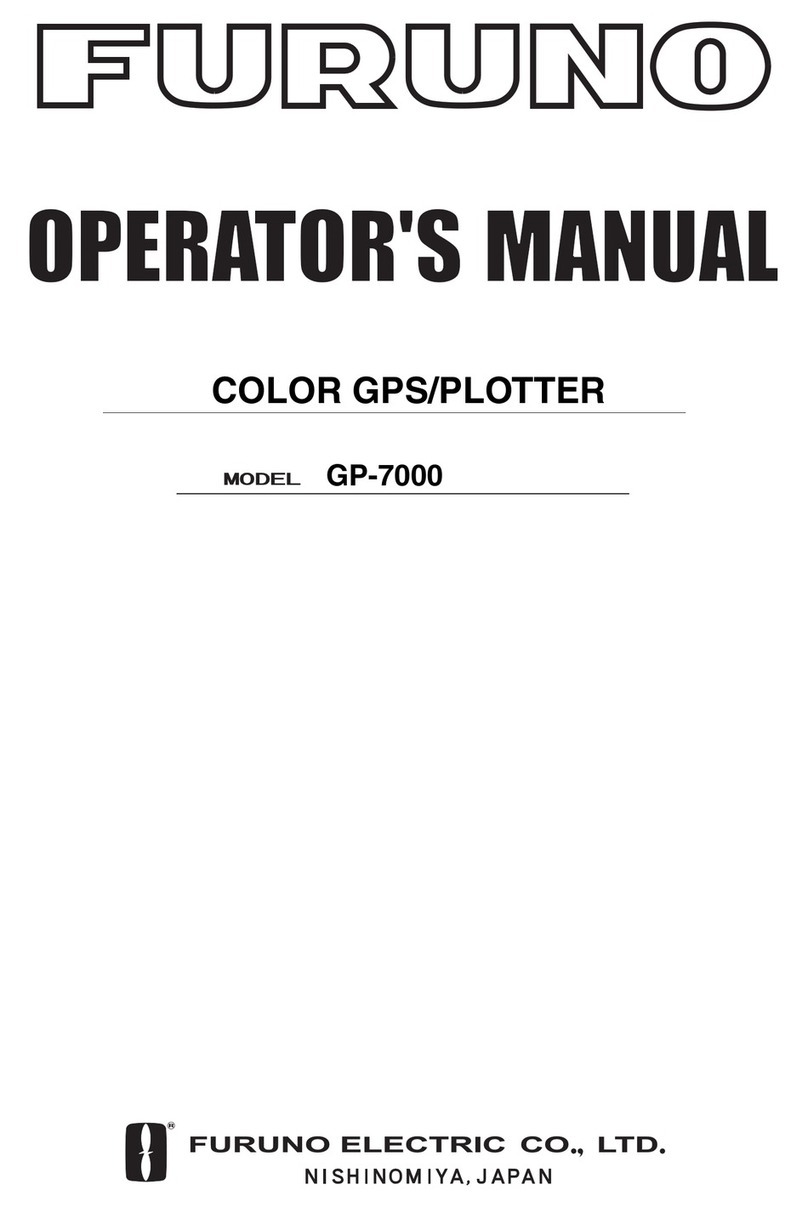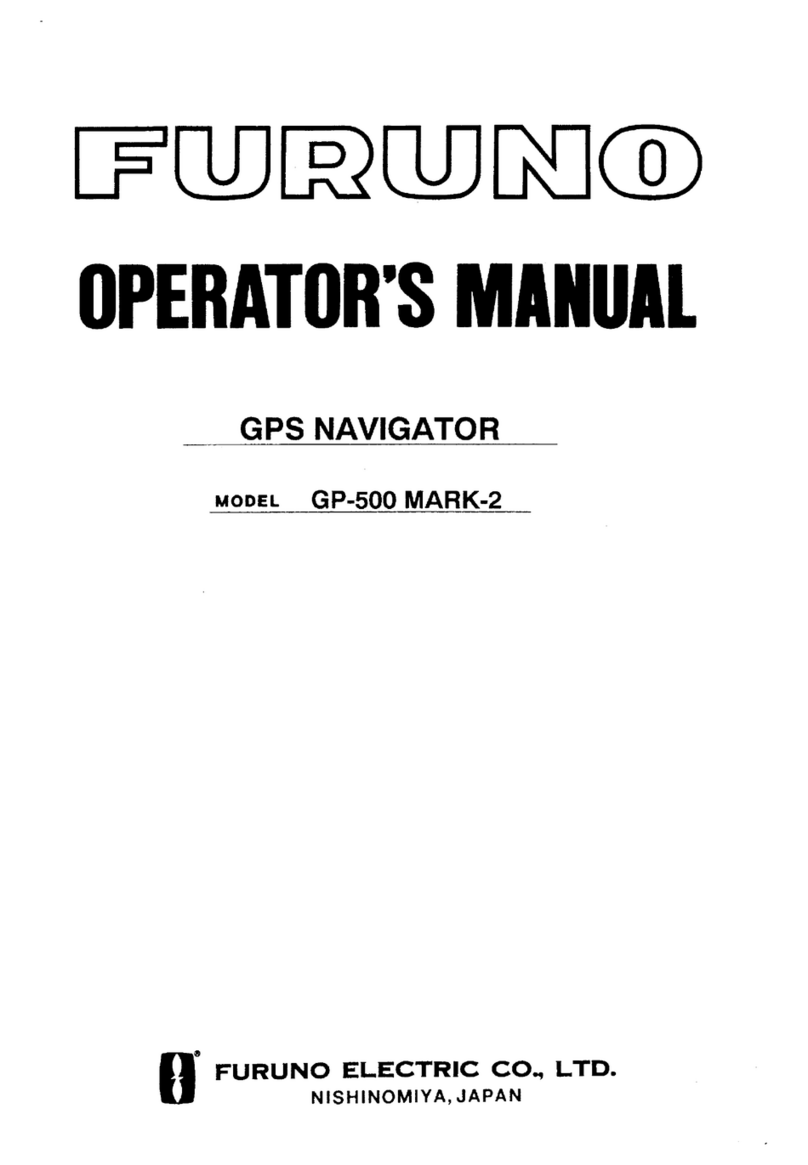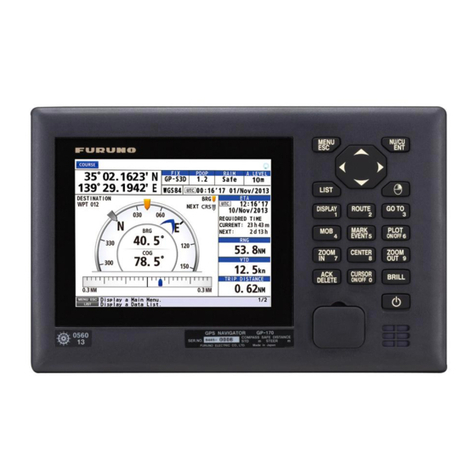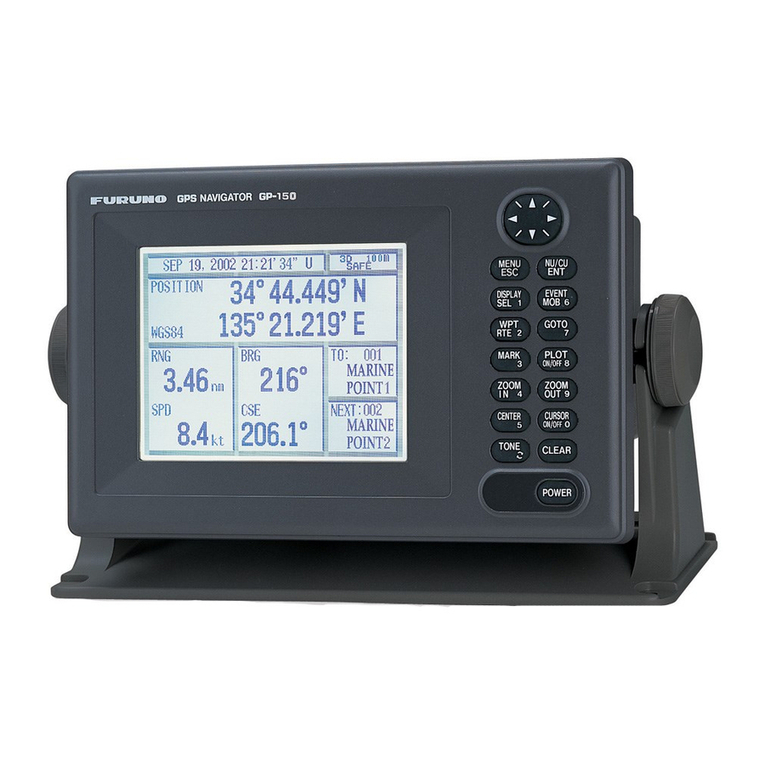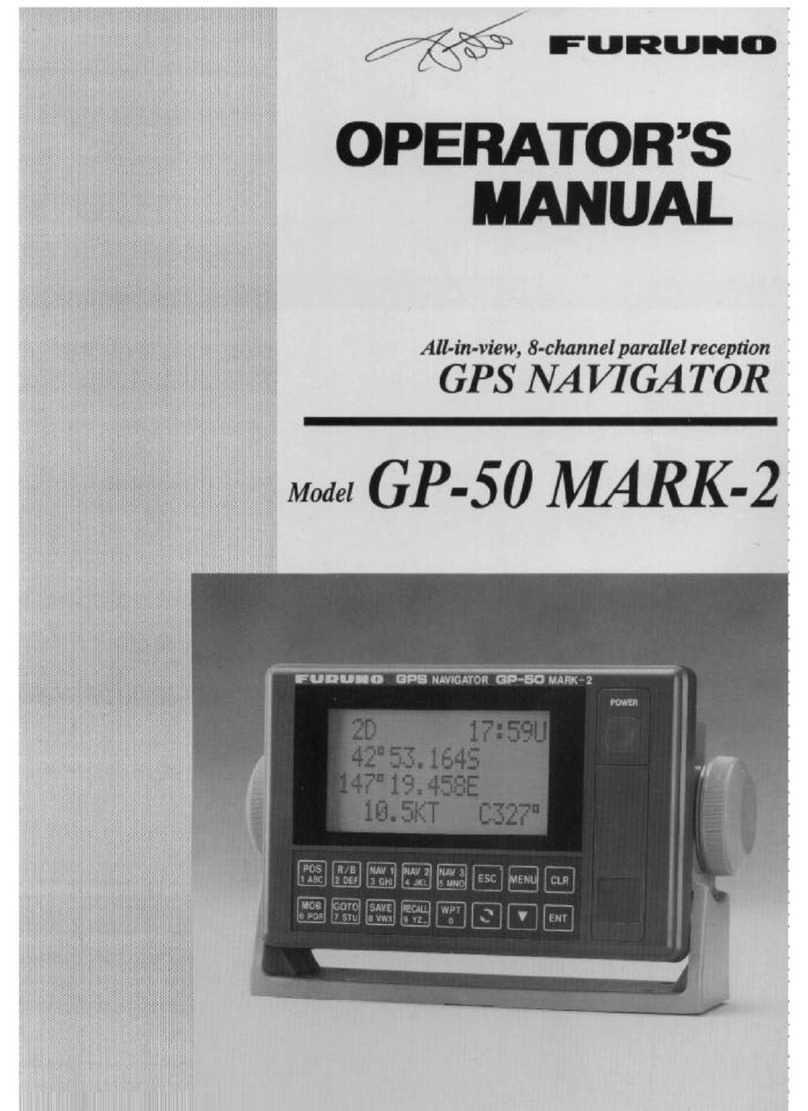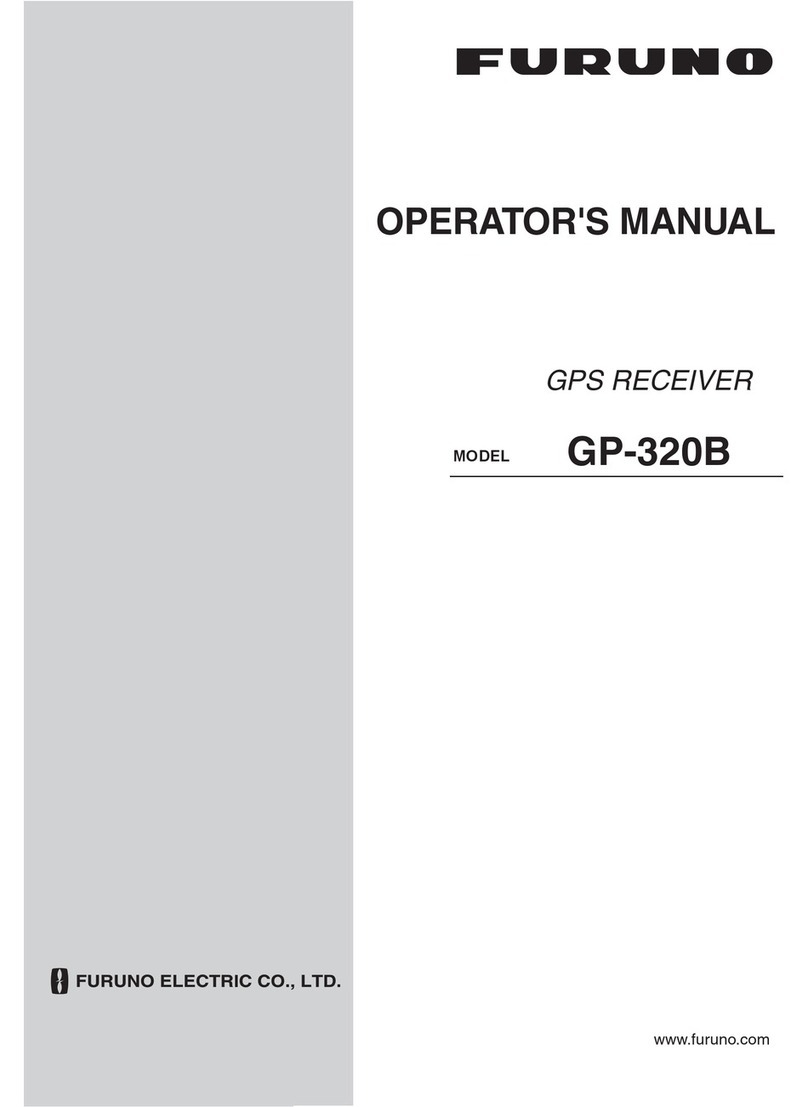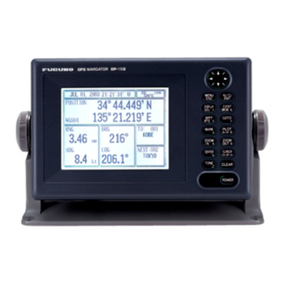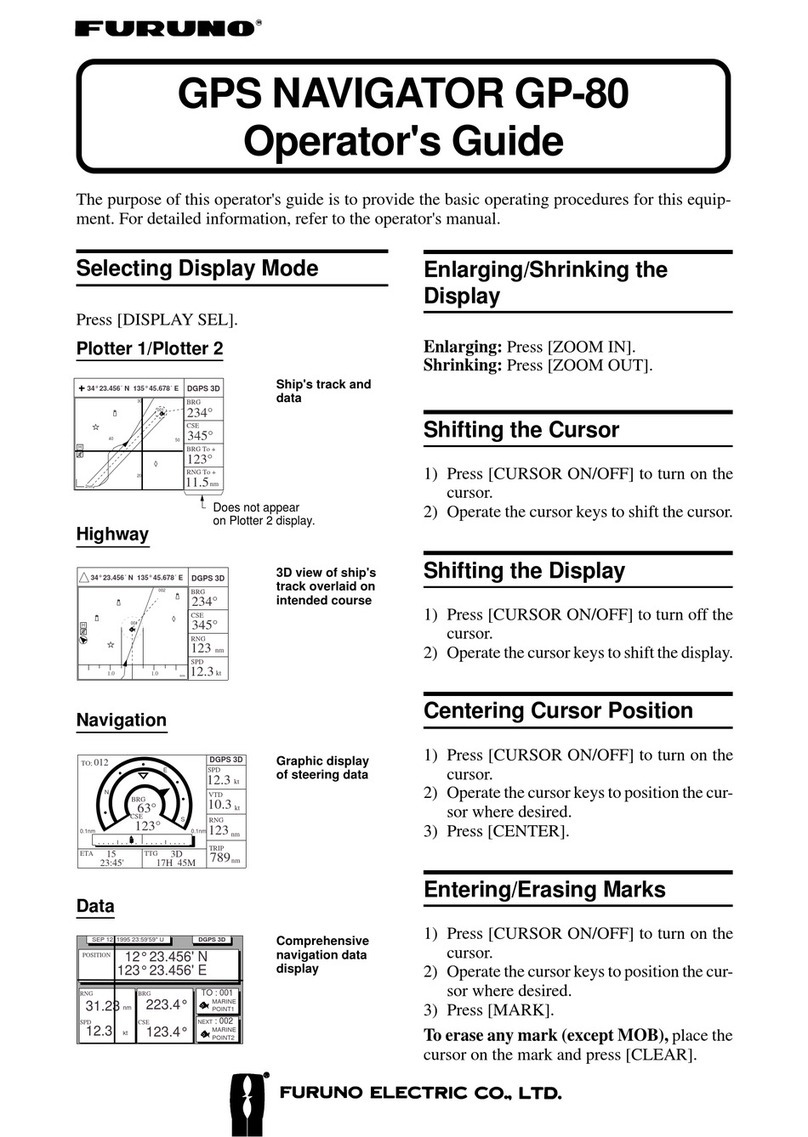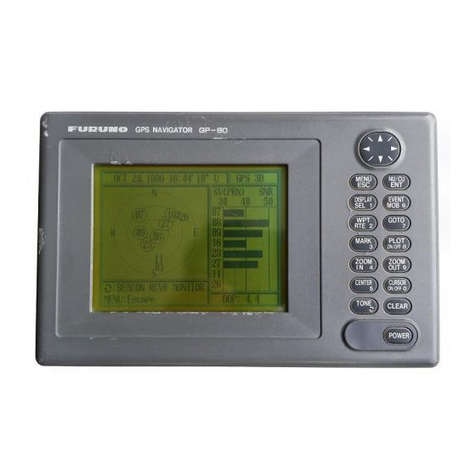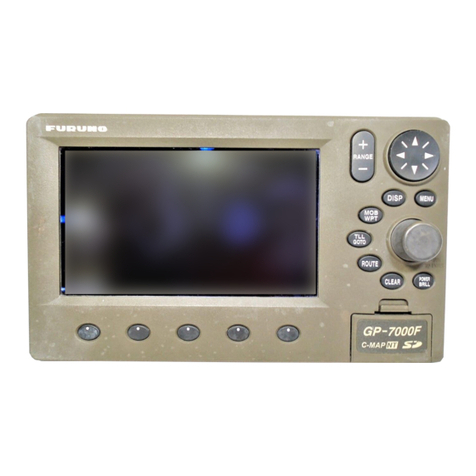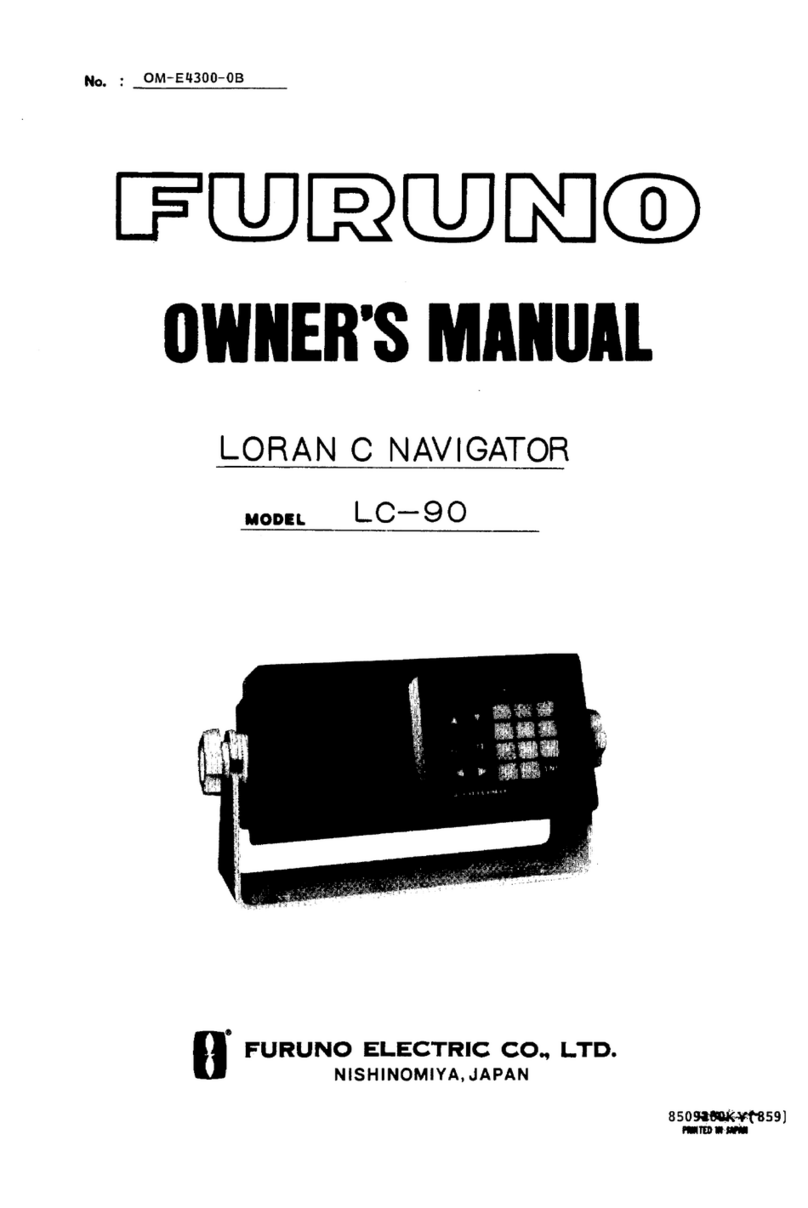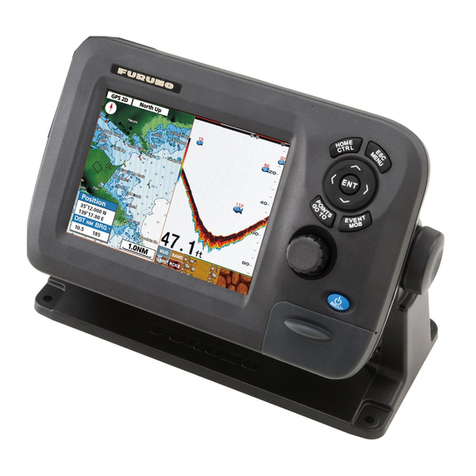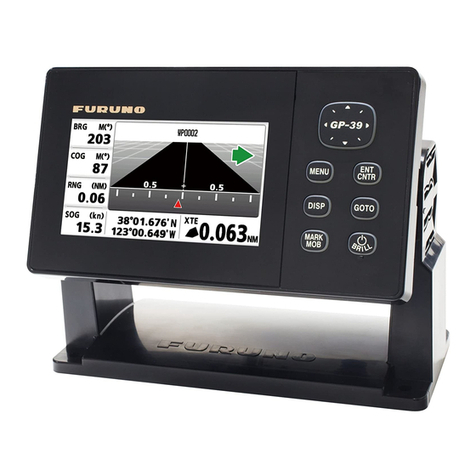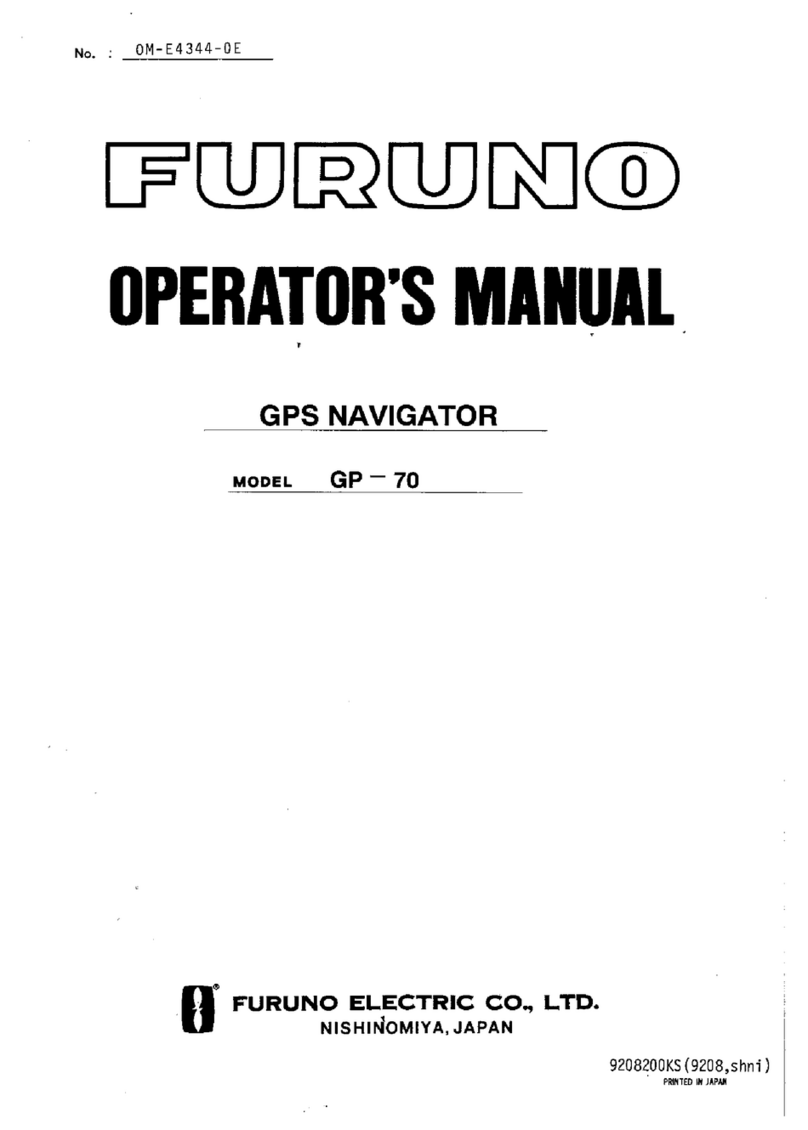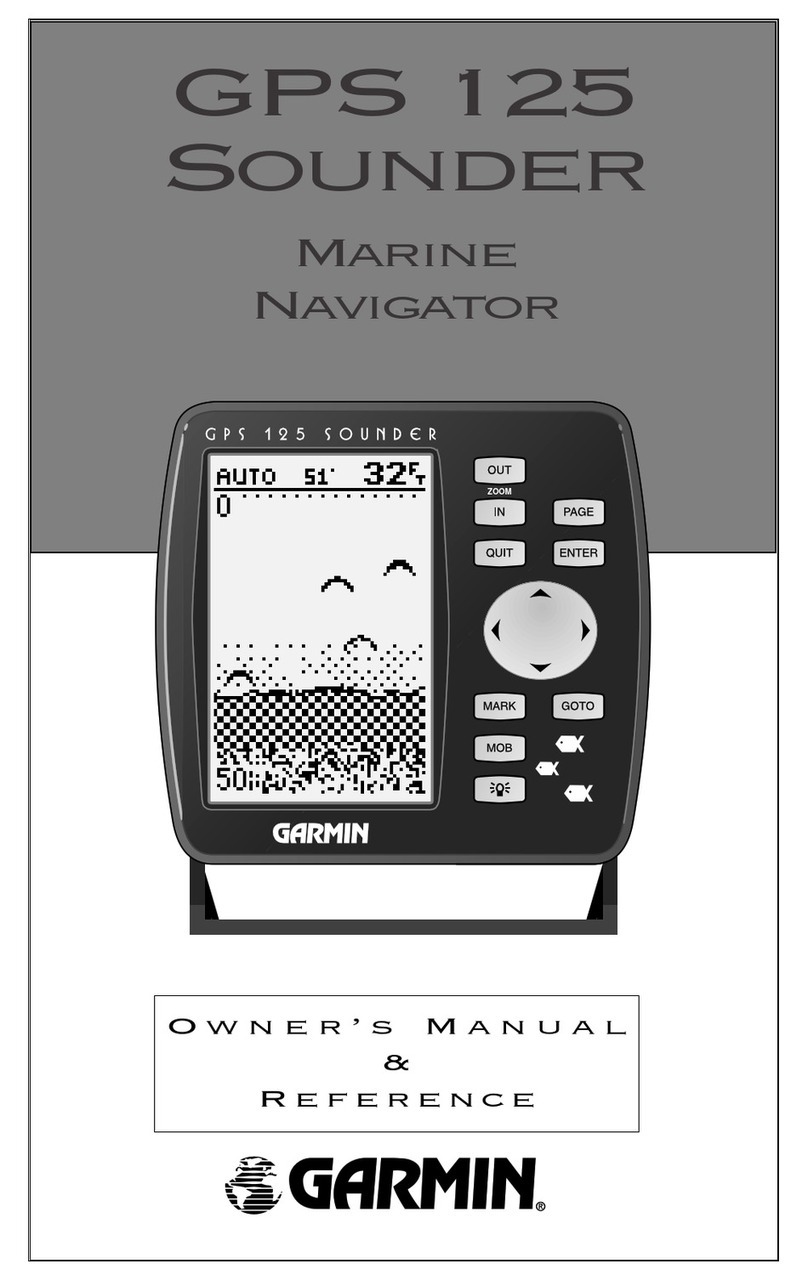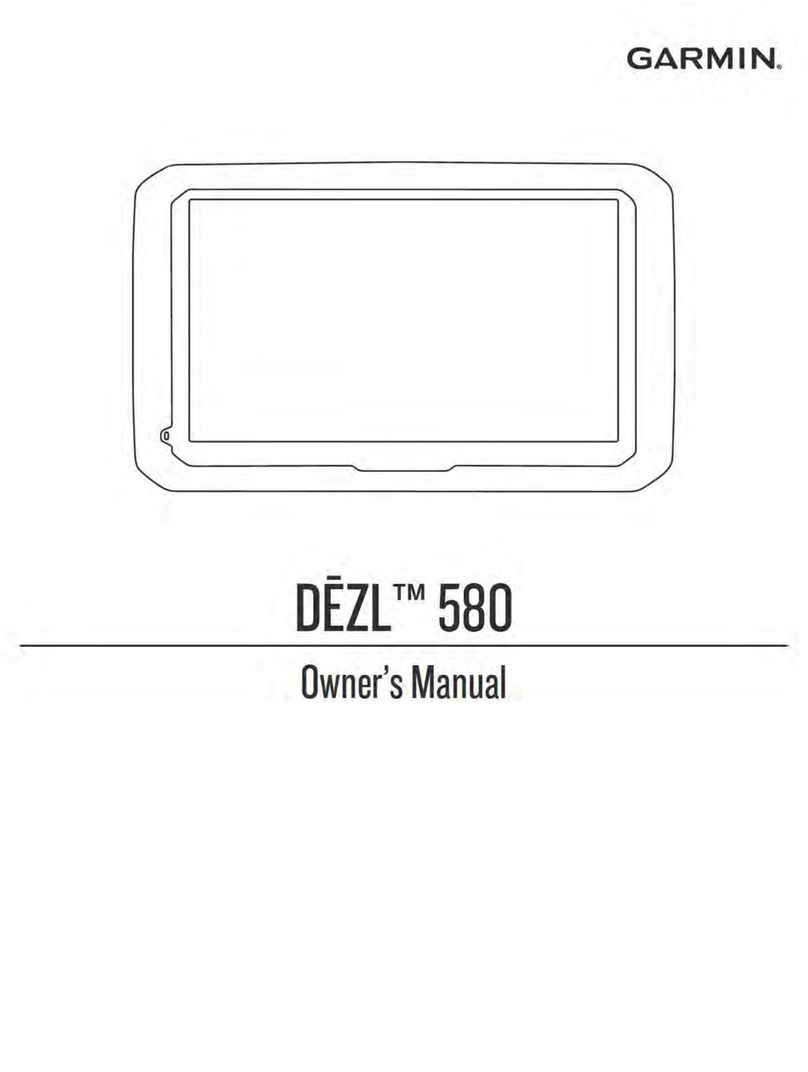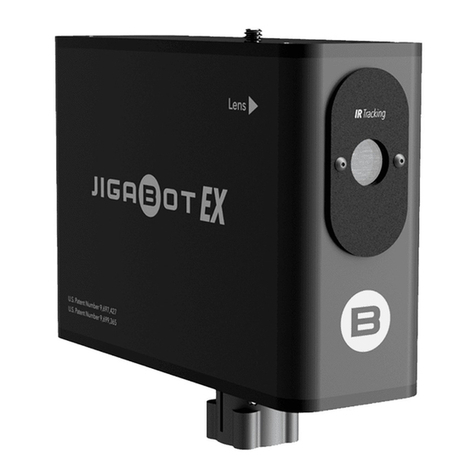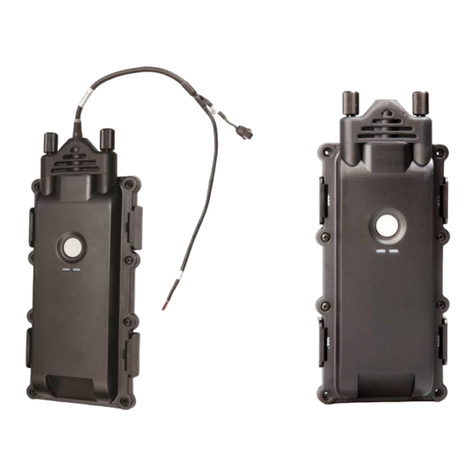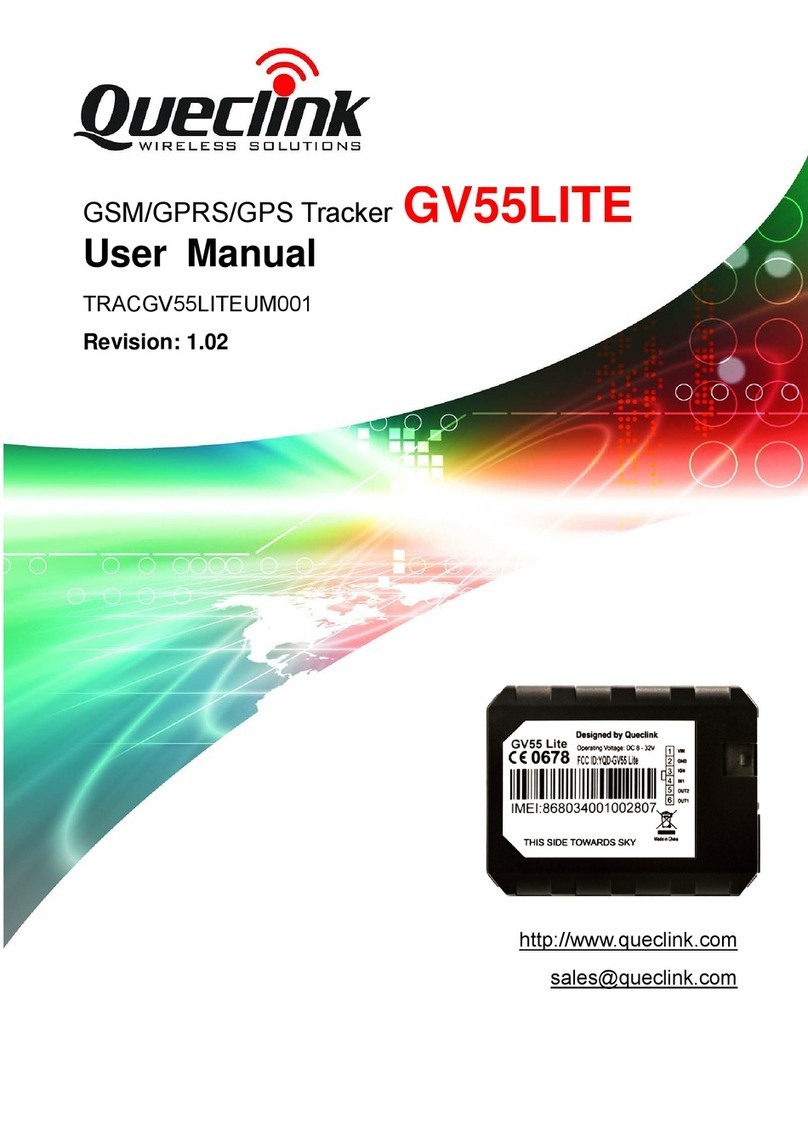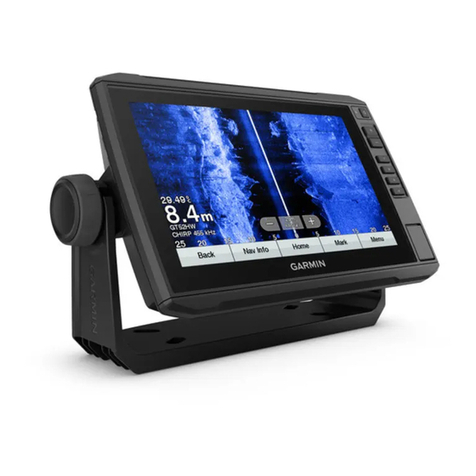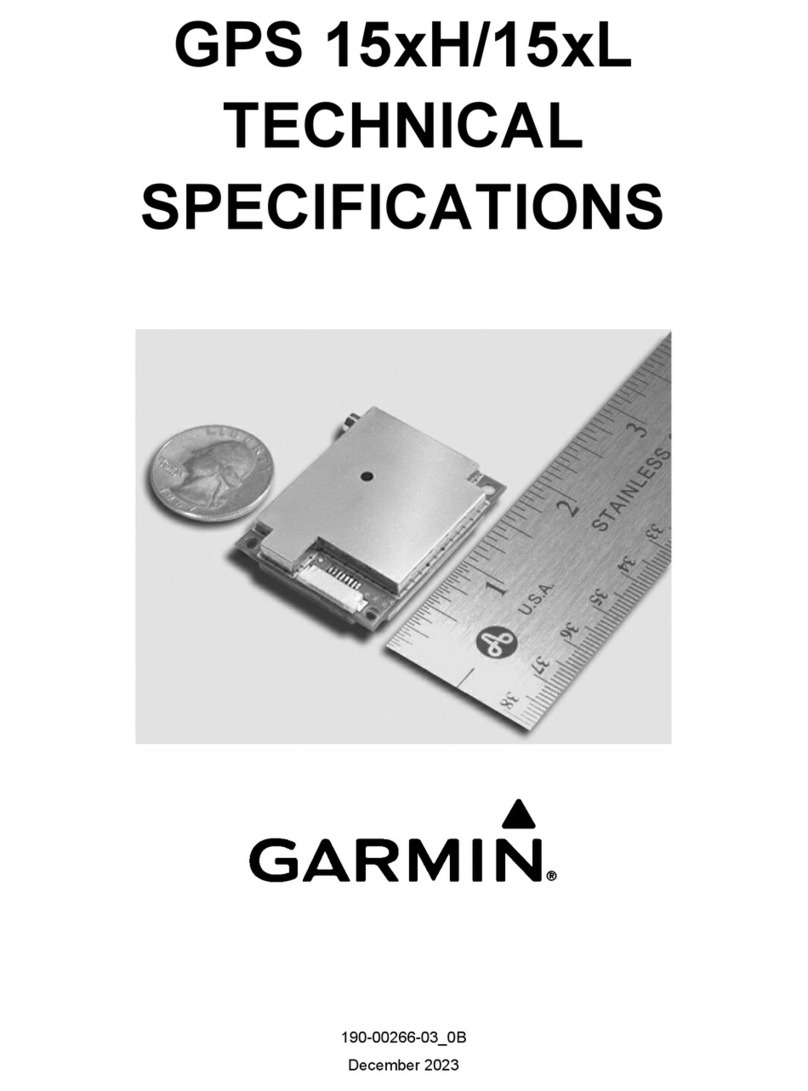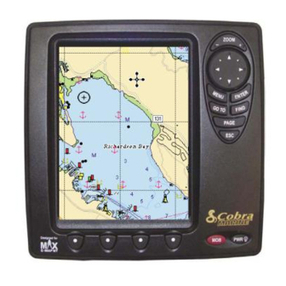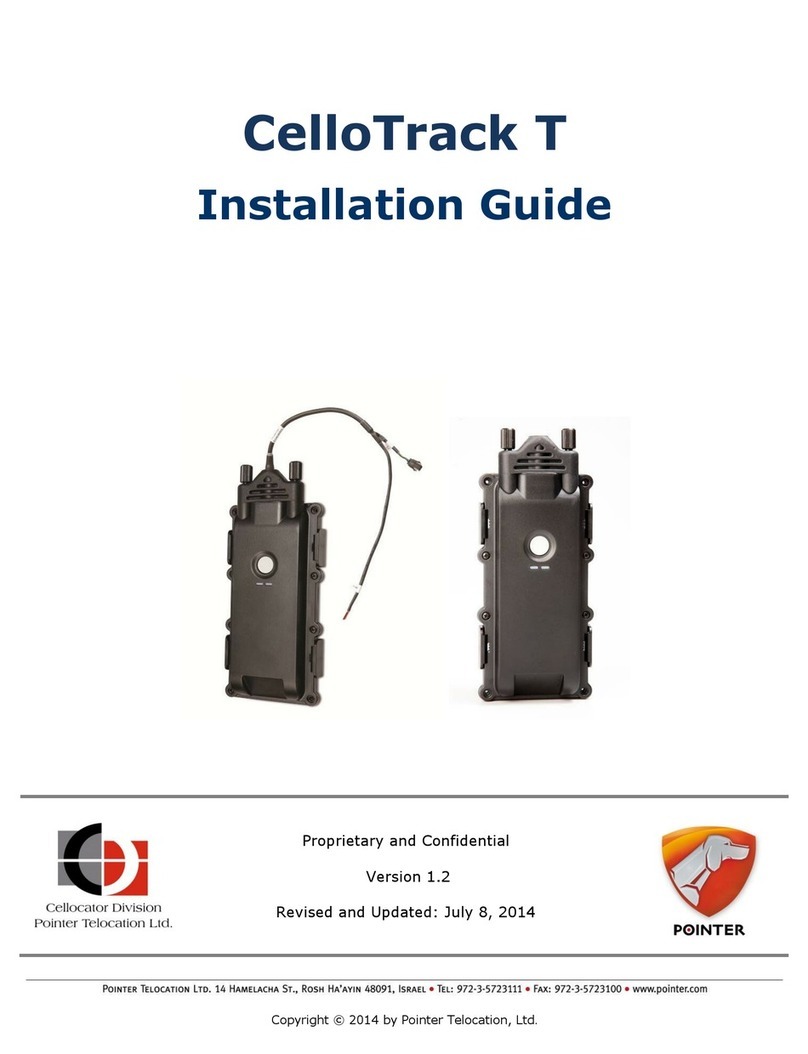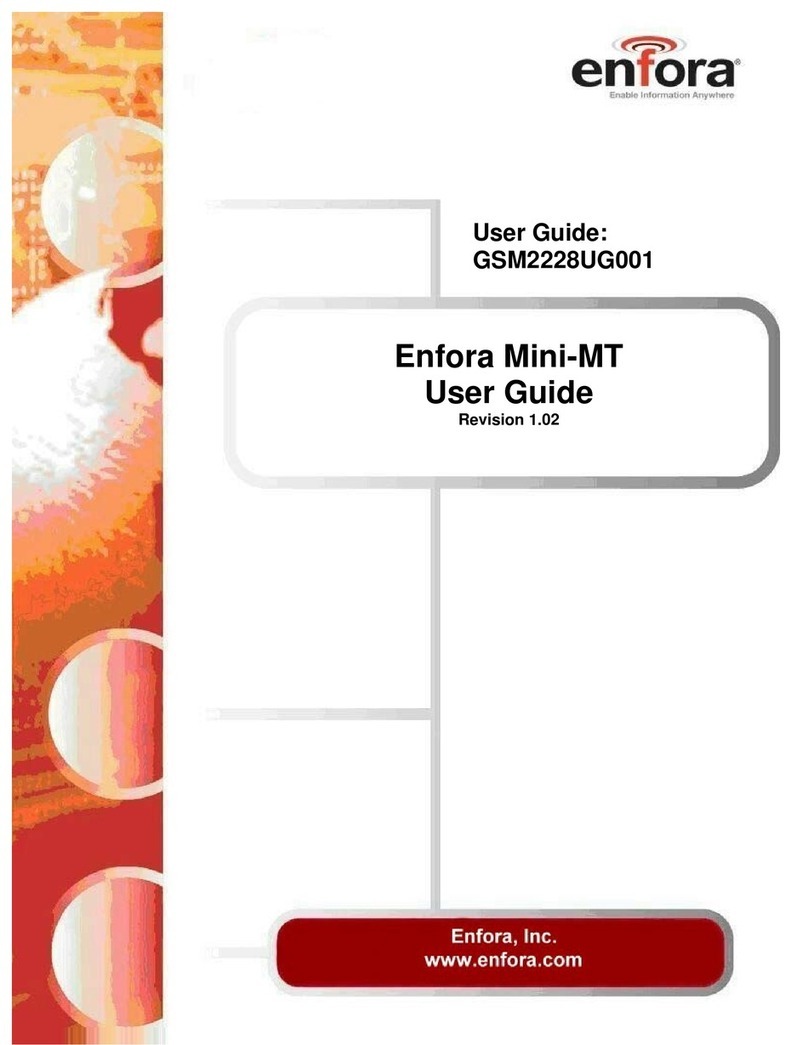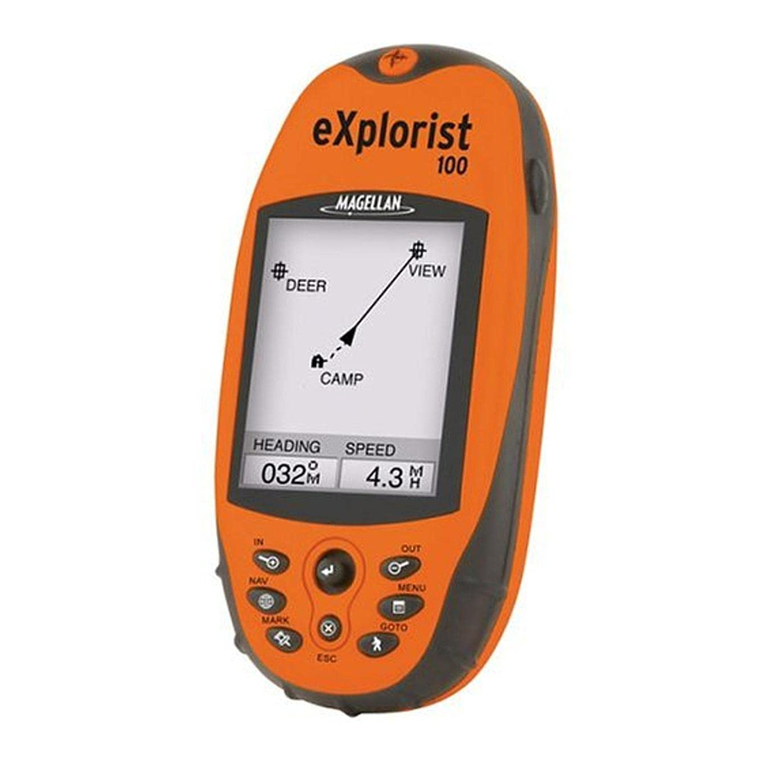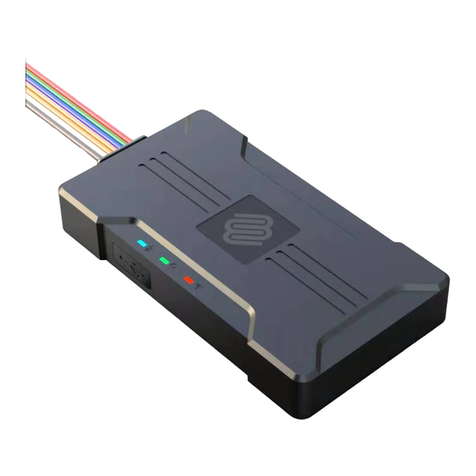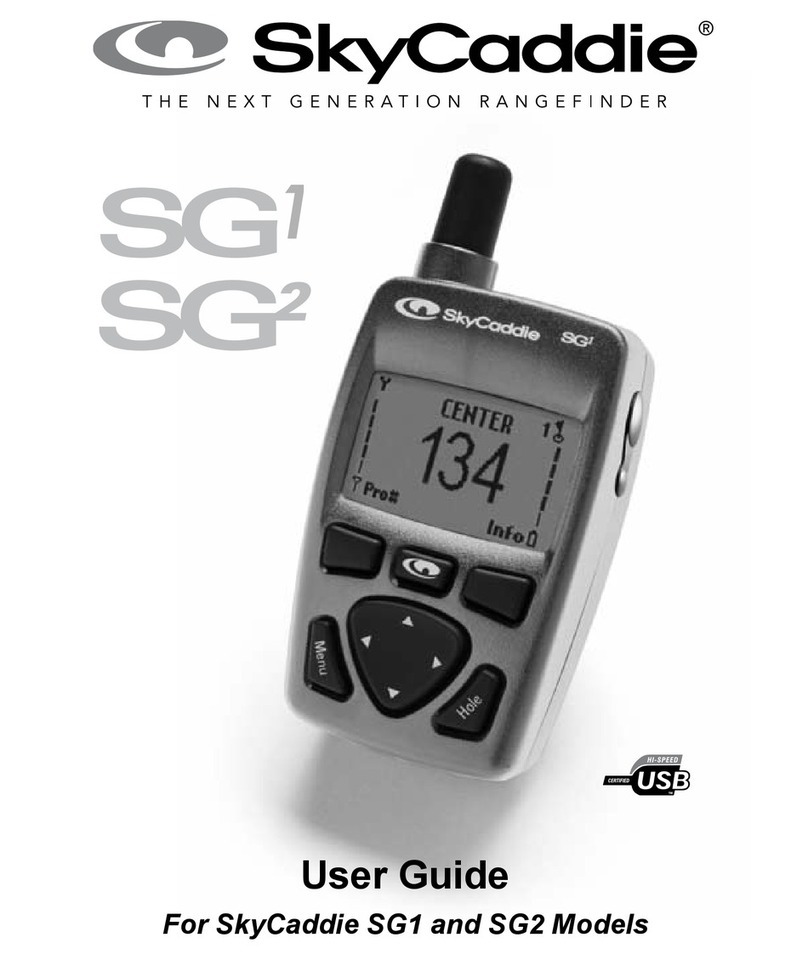
FURUNO ELECTRIC CO., LTD. All rights reserved.
FURUNO GPS/GNSS Receiver 86/87 Series User's Design Guide
SE13-900-001-06
IMPORTANT NOTICE
No part of this manual may be reproduced or transmitted in any form or by any means, electronic or
mechanical, including photocopying and recording, for any purpose without the express written
permission of the publisher, FURUNO ELECTRIC CO., LTD.
FURUNO ELECTRIC CO., LTD. All Rights Reserved
FURUNO ELECTRIC CO., LTD. reserves the right to make changes to its products and specifications
without notice.
You expressly acknowledge and agree that use of the "Application Note" is at your sole risk.
This "Application Note" is provided 'AS IS' and without warranty of any kind and FURUNO expressly
disclaims all other warranties, express or implied, including, but not limited to, the implied warranties of
merchantability, fitness for a particular purpose and no infringement.
FURUNO does not warrant that the functions contained in the "Application Note" will meet your
requirements, or that the operation of the "Application Note" will be uninterrupted or error-free, or that
defects in the "Application Note" will be corrected.
Furthermore, FURUNO does not warrant or make any representations regarding the use or the results
of the use of the "Application Note" in terms of their correctness, accuracy, reliability, or otherwise.
No oral or written information or advice given by FURUNO authorized representative shall create a
warranty or in any way increase the scope of this warranty.
Without limiting the foregoing, FURUNO disclaims any and all express or implied warranties of any
kind, and you expressly assume all liabilities and risks, for use or operation of the "Application Note",
including without limitation.
Should the "Application Note" prove defective, you assume the entire cost of all necessary servicing,
repair or correction.
Some jurisdictions do not allow the exclusion of implied warranties, so the above exclusion may not
apply to you.
All brand and product names are registered trademarks, trademarks or service marks of their
respective holders.
